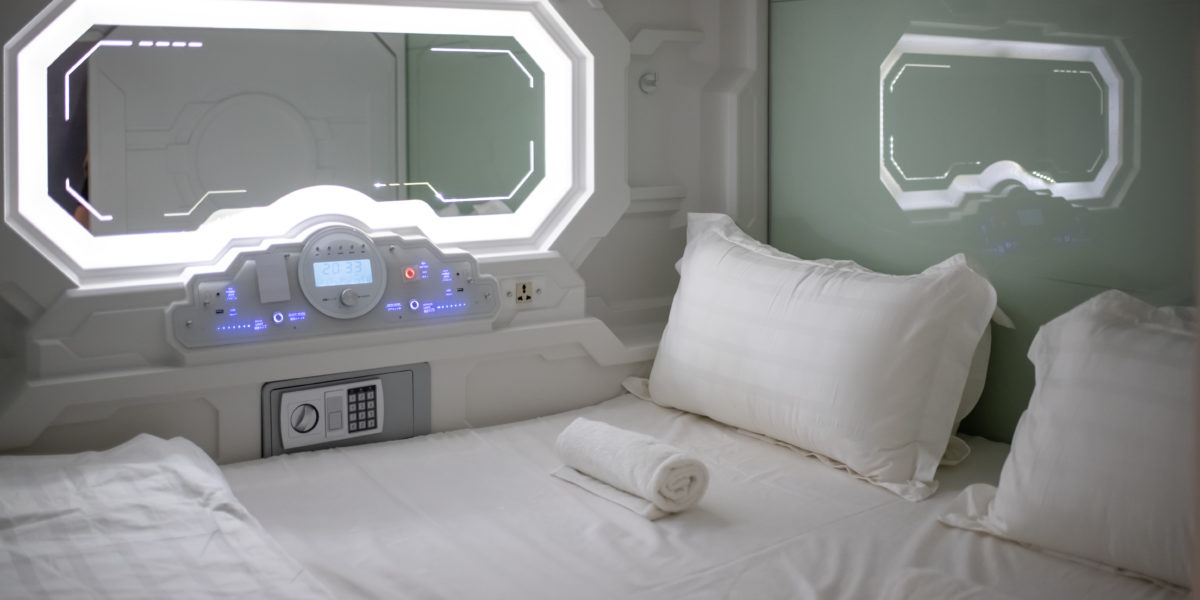
Self-Driving Hotel Rooms May Soon Change the Way We Take Road Trips
It sounds like something out of The Jetsons, but it could happen in the next 10 years or so: Self-driving hotel rooms on wheels may revolutionize the way we travel

chee gin tan/Getty Images
One day, you may be able to go sightseeing without ever leaving your hotel room.
The Autonomous Travel Suite, an idea put forth by Steve Lee, a designer at Toronto-based Aprilli Design Studio, could allow travelers to take a trip in a driverless hotel suite on wheels that fits up to five people, USA Today reported.
“It’s basically a hotel room so it has everything inside it. Whether it’s six hours or 10 hours, you’ll feel comfortable inside it,” said Lee to USA Today. The idea also won this year’s Radical Innovation Award.
Each suite comes with built-in beds, a private bathroom with a toilet and sitting shower, a small kitchen, and plenty of extra room for entertaining and spreading out, much like an RV or trailer except no one has to take driving duty.
According to USA Today, the vehicles will be totally battery-operated, be able to pick up and drop off passengers, and travel up to 10 hours on a single charge. Lee also plans on creating an app for the vehicles, making the service essentially like renting a car and booking a hotel all in one.
And for travelers who want to take longer trips or take breaks from the road, Lee imagines that there could be a hotel chain of Automated Travel Suites, where customers can recharge their vehicles while also enjoying the amenities of traditional hotels. He even hopes nationwide hotel chains may be interested in adding a fleet of driving suites to their brand.
Even though Lee hopes for the vehicles to be able to hit the roads by 2030, Kurt Stahura, dean of the College of Hospitality and Tourism Management at Niagara University, told USA Today that the “technology has not been perfected yet.” It’s clear that Lee and the Aprilli Design Studio have some hills to climb before the idea can become a reality.
But if these Automated Travel Suites do make it into production, they could change the way Americans travel.